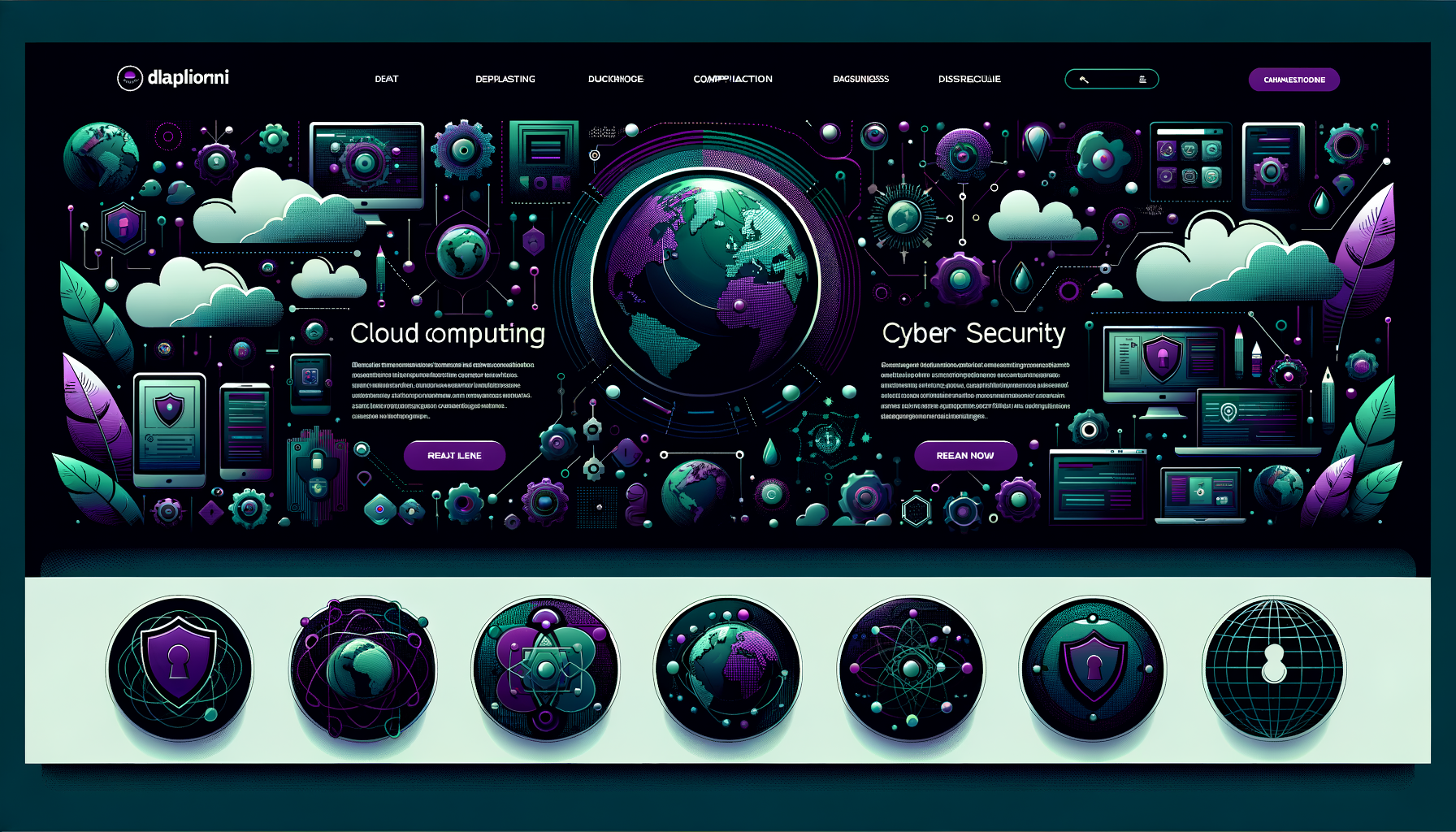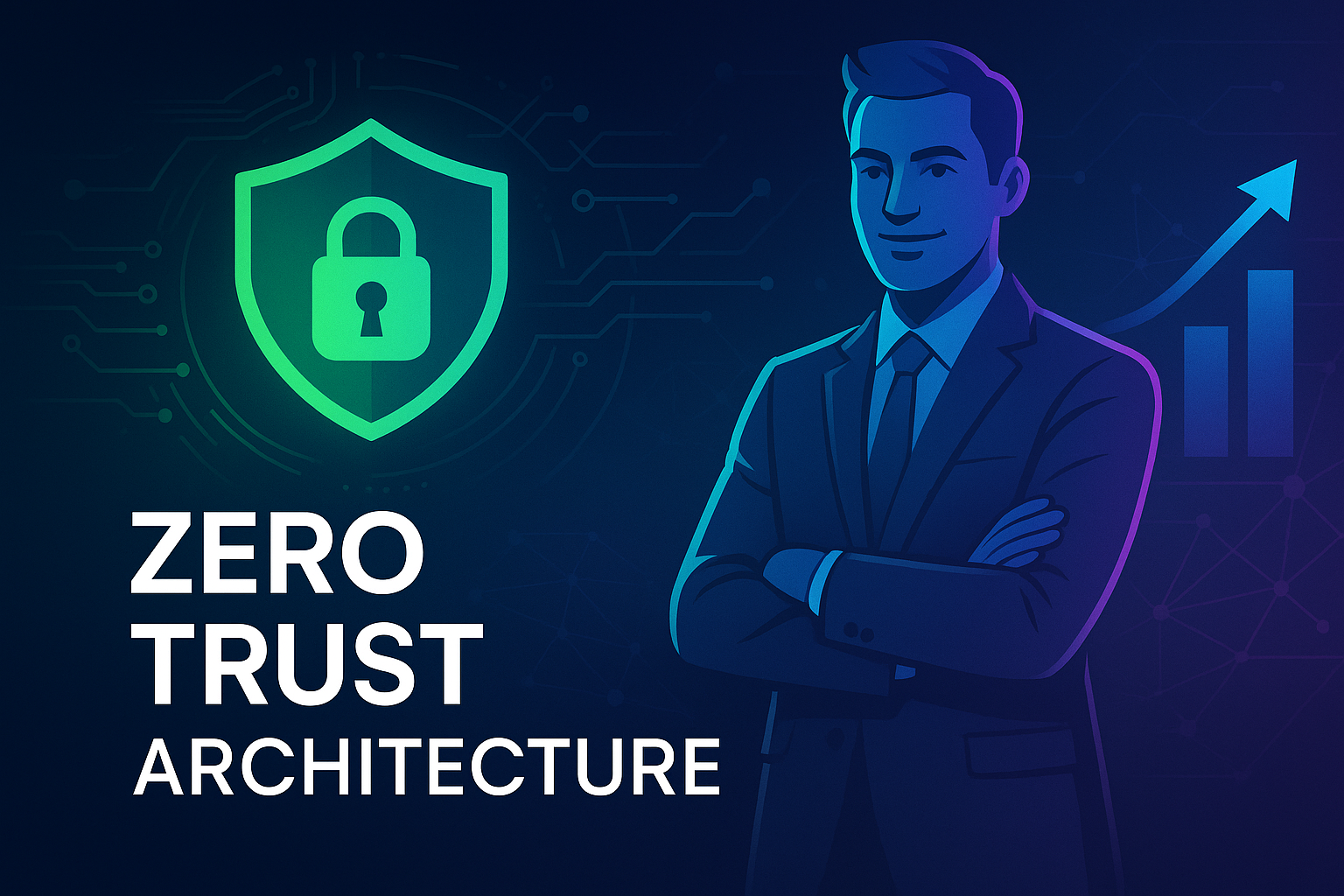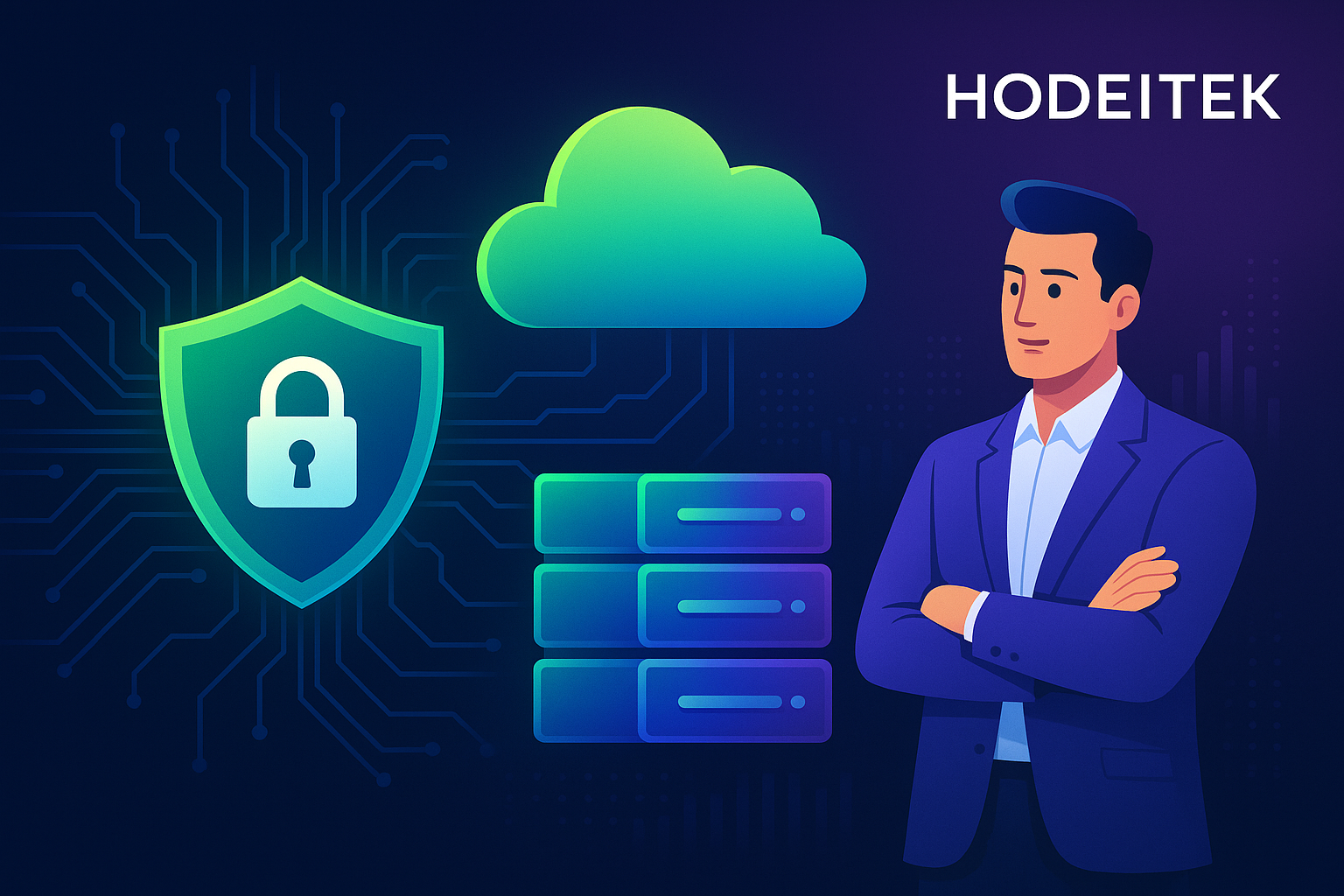Understanding Cloud Virtual Machine Attack Vectors and Strengthening Cybersecurity
As businesses increasingly move towards cloud-based solutions, the importance of securing virtual machines (VMs) within cloud environments cannot be overstated. A recent article from Palo Alto Networks’ Unit 42 sheds light on various attack vectors that exploit vulnerabilities in cloud virtual machines. This comprehensive review aims to delve deeper into these attack vectors, providing valuable insights to safeguard your cloud infrastructure.
At Hodeitek, we offer an array of services tailored to enhance your cybersecurity posture, ensuring your business remains resilient against emerging threats. Learn more about our Cybersecurity Services.
Common Cloud Virtual Machine Attack Vectors
Cloud virtual machines are often targeted due to their extensive use and critical role in business operations. Here are some of the prevalent attack vectors identified:
1. Exploiting Misconfigurations
Misconfigurations in cloud setups are a widespread issue, often resulting in exposed services and data. Attackers leverage these vulnerabilities to gain unauthorized access, escalate privileges, and move laterally within the network. This issue underscores the necessity of robust configuration management and continuous monitoring.
2. Credential Theft
Credential theft, through methods such as phishing, keylogging, or exploiting weak authentication mechanisms, remains a significant threat. Once attackers obtain administrative credentials, they can control and manipulate virtual machines, leading to data breaches and service disruptions.
3. Software Vulnerabilities
Unpatched software poses a grave risk to cloud VMs. Attackers exploit known vulnerabilities in operating systems and applications to gain entry. Regular patching and vulnerability management are critical to mitigating these risks.
4. Malware and Ransomware
Cloud VMs are not immune to malware and ransomware attacks. These malicious programs can encrypt data, disrupt services, and demand ransoms. Implementing comprehensive anti-malware solutions and maintaining regular backups are essential defenses.
For more details on how to protect against such attacks, visit our Cybersecurity Services page.
Strengthening Cloud VM Security
To counter these attack vectors, organizations need a multi-faceted approach to security. Here are several best practices to enhance the security of cloud virtual machines:
- Regular Audits and Monitoring – Conducting regular security audits and continuous monitoring can help detect and remediate potential vulnerabilities proactively.
- Strong Authentication – Implement multi-factor authentication (MFA) to add an extra layer of security beyond just passwords.
- Patch Management – Ensure timely application of patches and updates to mitigate the risks posed by known vulnerabilities.
- Network Segmentation – Segment networks to isolate critical systems, thereby limiting the impact of potential breaches.
- Incident Response Plan – Develop and maintain a comprehensive incident response plan to efficiently address and mitigate security incidents.
At Hodeitek, we provide tailored cybersecurity solutions to safeguard your cloud infrastructure. Discover our extensive range of services designed to meet the unique needs of your business.
Conclusion
The surge in cloud adoption necessitates a robust approach to securing virtual machines. Understanding the common attack vectors and implementing best practices is crucial in fortifying your cloud environment. At Hodeitek, we are committed to helping businesses in Spain and across the European Union secure their digital assets. Visit our Cybersecurity Services page to learn more about how we can assist you in strengthening your security posture.
Stay informed and stay secure with Hodeitek.






